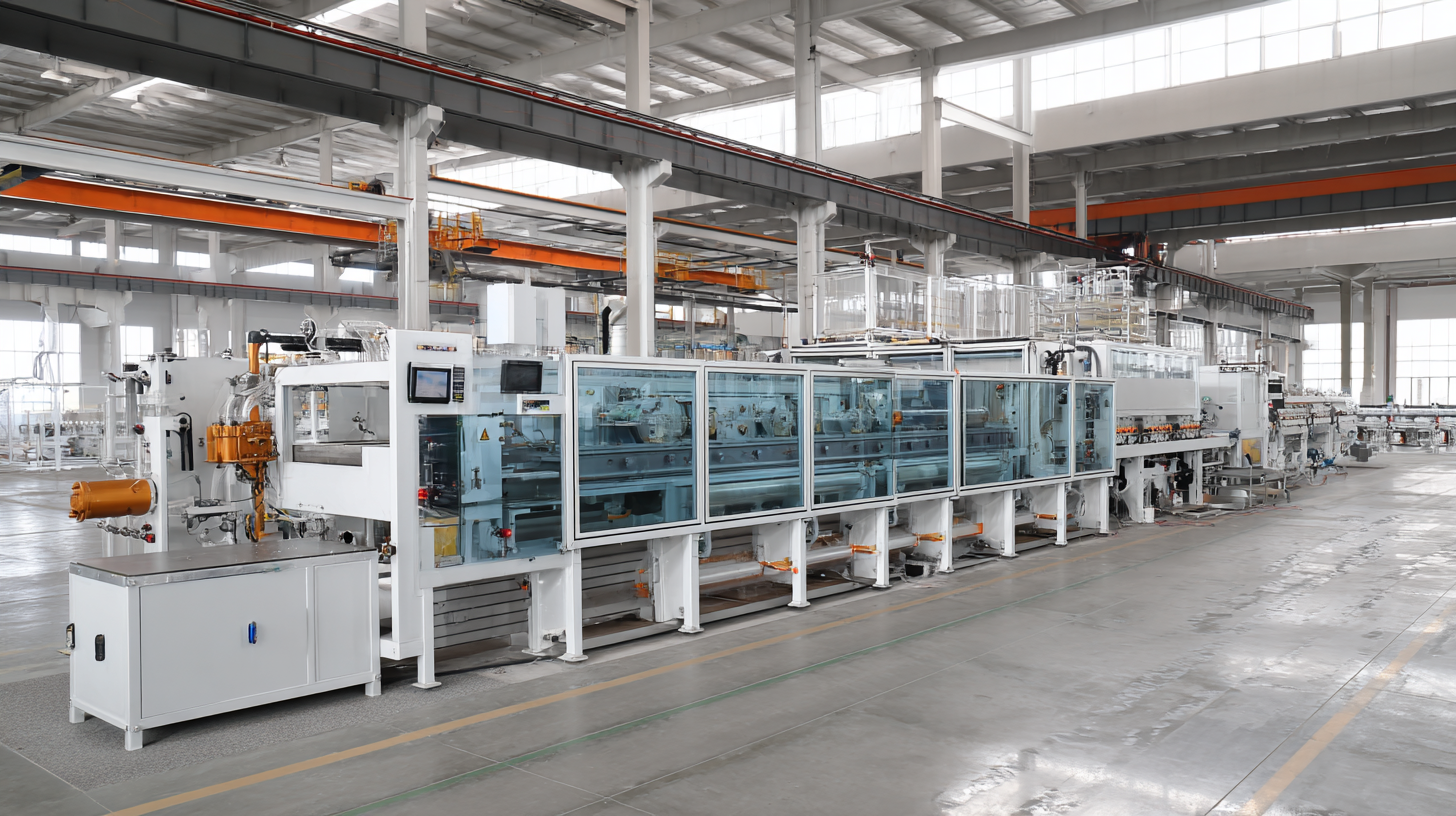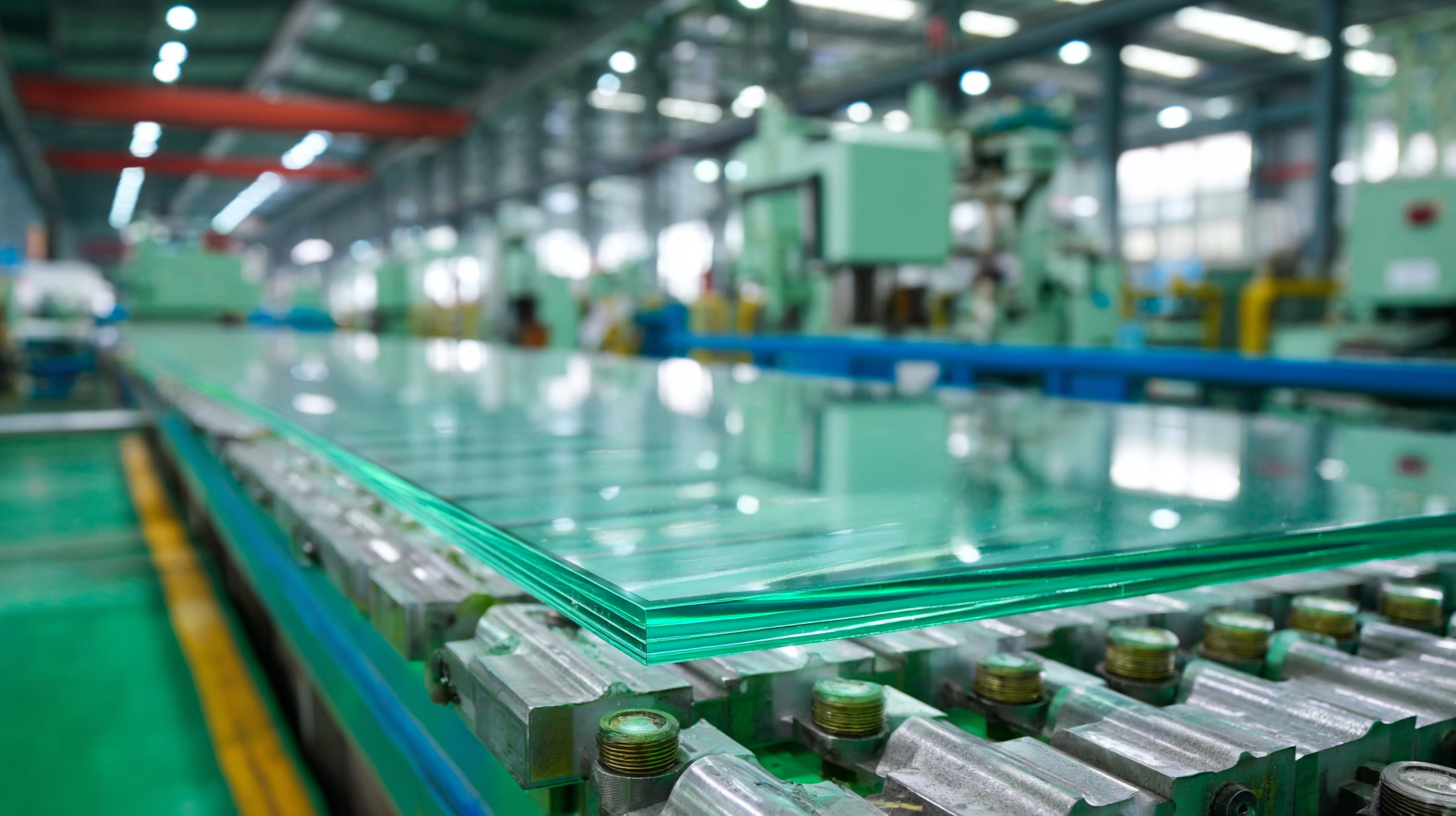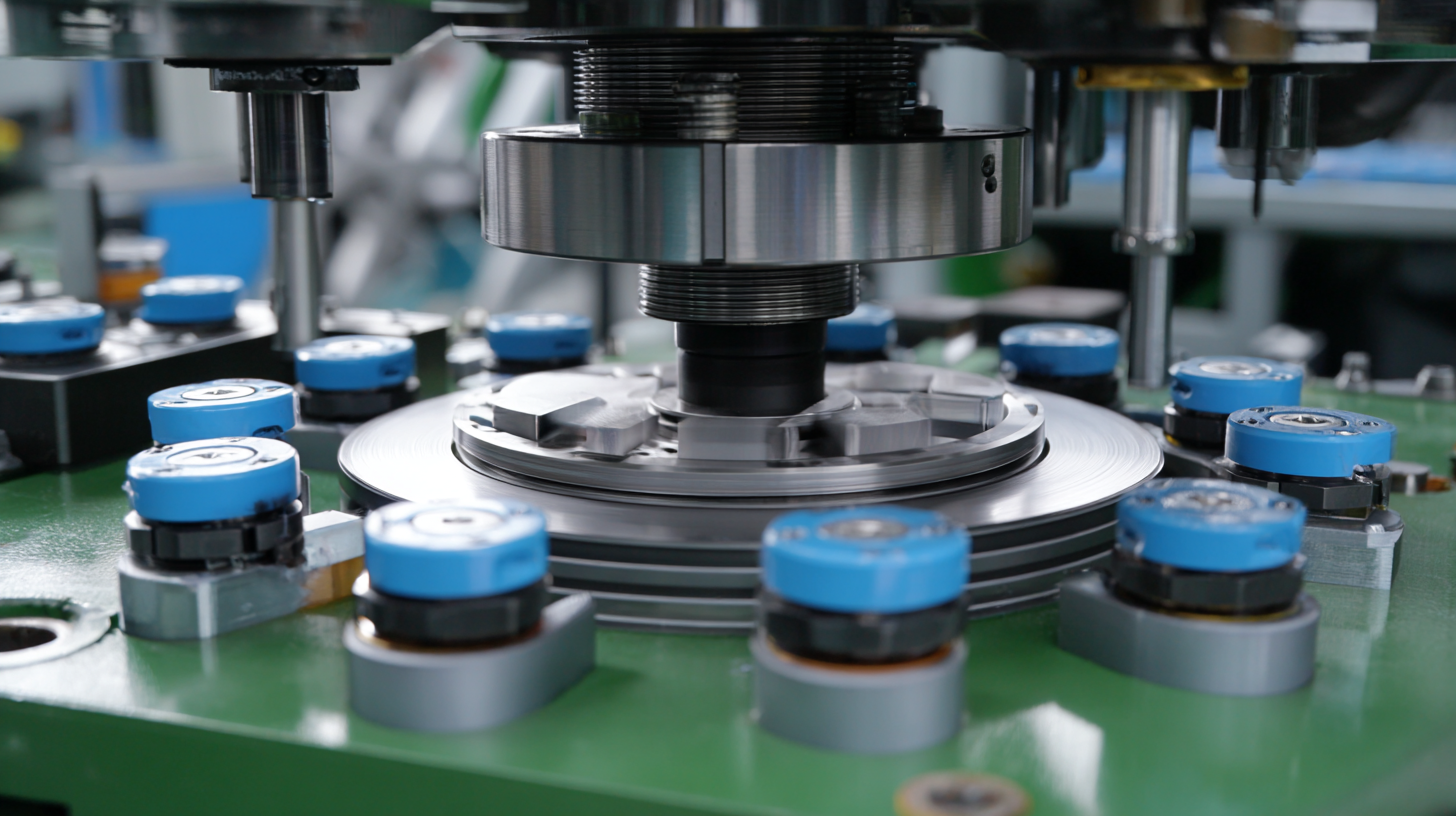Ultimate Guide to Choosing the Best Glass Shape Edging Machine for Your Production Needs
In the rapidly evolving glass manufacturing industry, selecting the right equipment is crucial for enhancing production efficiency and product quality. One of the essential tools in this domain is the Glass Shape Edging Machine, which not only ensures the precision of glass edges but also significantly impacts the overall aesthetic and safety of glass products.
According to a recent report by MarketsandMarkets, the global glass processing market is projected to reach USD 57.15 billion by 2027, driven by innovations in glass shaping and finishing technologies. As manufacturers strive to meet increasing customer demands for custom shapes and finishes, understanding the various options available in Glass Shape Edging Machines becomes imperative.
This ultimate guide will delve into critical factors to consider when choosing a reputable manufacturer, alongside a comprehensive comparison of different machine types to facilitate informed decision-making that aligns with your production needs.
Types of Glass Shape Edging Machines: Which One Suits Your Needs?
When it comes to selecting the right glass shape edging machine, understanding the various types available is crucial to meet specific production needs. Glass shape edging machines can be categorized into several types, including straight edge grinders, beveling machines, and CNC edging machines. Each type offers unique capabilities suited for different applications. For instance, straight edge grinders are ideal for simple finishes, while CNC machines provide advanced programming for precise custom shapes and sizes, catering to more complex requirements.

Recent studies highlight the importance of grinding and polishing processes in achieving optimal optical quality and strength of glass edges. The research emphasizes that while standard edge finishing techniques may suffice for some applications, they may not meet the necessary standards for polished annealed glass used in the building industry. This indicates that manufacturers should consider investing in machines that offer advanced grinding and polishing options to enhance the durability and aesthetic appeal of their products. Understanding these nuances can help businesses select the most suitable glass edging machine to elevate their production capabilities.
Analyzing the Production Efficiency of Different Glass Edge Types
When it comes to glass processing, the shape and edging of glass play a critical role in determining the overall production efficiency. Different glass edge types, such as flat, bevel, and polished edges, each present unique challenges and advantages in the production process. For instance, flat edges are typically easier to produce, requiring less time and fewer tools, which can lead to increased output. However, as aesthetics become more important in the market, manufacturers may need to invest in machines that can seamlessly create bevel and polished edges, which can significantly enhance the product's visual appeal.
Moreover, the choice of glass shape edging machines influences not just the edge style but also the speed and precision of production. Advanced machines designed for specific edge types often come equipped with cutting-edge technology that boosts operational efficiency and reduces waste. As such, analyzing the compatibility of machine features with the desired glass edge type is essential for optimizing production workflows. Adapting to these trends not only improves quality but can also result in substantial cost savings and higher customer satisfaction in a competitive landscape.
Cost-Benefit Comparison: Investing in Advanced Edging Machines
When investing in a glass shape edging machine, understanding the cost-benefit ratio is crucial, especially in the context of rapidly advancing technologies. As China emerges as a leader in innovation with its advanced industries, businesses are motivated to adopt state-of-the-art machinery that enhances production efficiency without compromising quality. The initial investment in an advanced edging machine may seem steep, but the potential for enhanced productivity and reduced labor costs often makes it worthwhile.

Tips for Choosing the Right Machine:
Firstly, assess your production volume and the complexity of the shapes you need to edge. Machines vary in capabilities, and selecting one that aligns with your specific needs can maximize your return on investment. Secondly, consider the availability of technical support and training from the manufacturer; competent after-sales assistance can significantly reduce downtime and maintenance costs. Additionally, look into the latest advancements in machine technology. Just as investments in data centers have soared, investing in cutting-edge edging machines that leverage AI and automation can position your business favorably in a competitive market.
In conclusion, prioritizing the right technology not only increases efficiency but also helps secure a sustainable future in the glass manufacturing industry as global trends continue to evolve.
Industry Trends: The Move Towards Automated Glass Shape Edging Solutions
The glass manufacturing industry is undergoing a significant transformation, with an increasing trend towards automated glass shape edging solutions. This shift is largely driven by the need for increased efficiency and precision in production processes. Automated machines not only improve the speed of edging but also ensure that the quality of the finished product meets the high standards expected by clients. Manufacturers are beginning to recognize that investing in automated technology can yield long-term benefits, including reduced labor costs and minimized material waste.
One of the most notable industry trends is the integration of smart technology into glass shape edging machines. These advanced systems are equipped with sensors and software that enable real-time monitoring and adjustments, ensuring optimal performance. As the demand for custom glass shapes continues to rise, companies adopting these automated solutions are better positioned to respond to market needs swiftly. By embracing automation, glass manufacturers can enhance their competitive edge and adapt to evolving customer preferences, ultimately shaping the future of the industry.
Safety Standards and Compliance in Glass Edge Processing Equipment
When selecting a glass shape edging machine, safety standards and compliance should be at the forefront of your decision-making process. Glass edge processing can pose significant risks, from the danger of sharp edges to the potential hazards associated with machinery operation. Manufacturers must ensure their equipment meets national and international safety regulations to protect workers and minimize accidents in the production environment. Understanding the specific safety features of each machine—such as emergency stop buttons, safety guards, and proper ventilation systems—can dramatically reduce workplace incidents.
In addition to ensuring compliance with safety standards, it's essential to consider the training and certification of operators who will work with your glass edging equipment. Regular training sessions not only enhance employees' skills but also reinforce the importance of adhering to safety protocols. Furthermore, maintaining accurate documentation of equipment inspections, safety training, and compliance measures is crucial. This diligence not only helps avoid potential fines but can improve overall workplace efficiency and employee morale, contributing to a safer and more productive production facility.
Ultimate Guide to Choosing the Best Glass Shape Edging Machine for Your Production Needs - Safety Standards and Compliance in Glass Edge Processing Equipment
| Feature |
Specification |
Compliance Standards |
Safety Features |
| Edge Shape Options |
Flat, Beveled, Polished |
ISO 9001 |
Emergency Stop Button |
| Motor Power |
2.2 kW |
CE Certification |
Safety Guards |
| Max Glass Thickness |
20 mm |
ANSI Z87.1 |
Laser Detection Systems |
| Weight |
500 kg |
UL Listed |
Emergency Cut-off |
| Speed Control |
Variable Speed |
OSHA Compliance |
Operator Protective Shields |

Home
About Us
Products
UPVC PVC Window Machine
Aluminum Window Machine
Glass Cutting Machine
Glass Edging Machine
Insulating Glass Machine
Glass lifting machine
Glass Washing Machine
Glass Laminating Machine
Glass Sandblasting Machine
Glass Drilling Machine
CNC Glass Working Center
CNC Non-Metal Cutting Machine
The Other Glass Machinery
Application
Download
News
Contact Us


